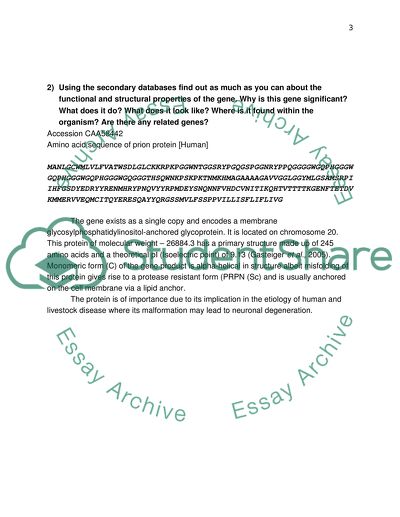Cite this document
(“Bioinformatics Assignment Example | Topics and Well Written Essays - 1500 words”, n.d.)
Bioinformatics Assignment Example | Topics and Well Written Essays - 1500 words. Retrieved from https://studentshare.org/health-sciences-medicine/1459637-bioinformatics
Bioinformatics Assignment Example | Topics and Well Written Essays - 1500 words. Retrieved from https://studentshare.org/health-sciences-medicine/1459637-bioinformatics
(Bioinformatics Assignment Example | Topics and Well Written Essays - 1500 Words)
Bioinformatics Assignment Example | Topics and Well Written Essays - 1500 Words. https://studentshare.org/health-sciences-medicine/1459637-bioinformatics.
Bioinformatics Assignment Example | Topics and Well Written Essays - 1500 Words. https://studentshare.org/health-sciences-medicine/1459637-bioinformatics.
“Bioinformatics Assignment Example | Topics and Well Written Essays - 1500 Words”, n.d. https://studentshare.org/health-sciences-medicine/1459637-bioinformatics.


